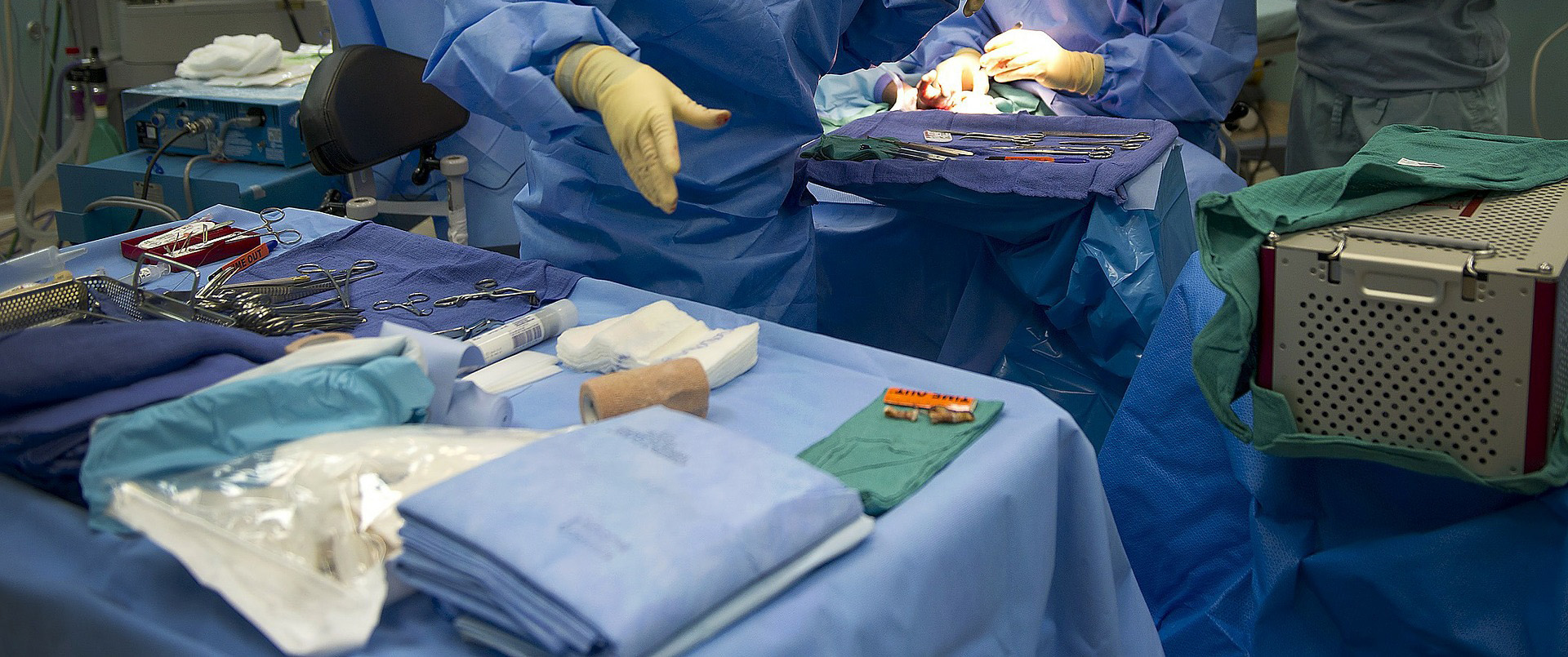Hospitals are notoriously guilty of generating waste….billions and billions of dollars in waste. The problem is so costly that the money lost in the trash each year is enough to pay for healthcare coverage for millions of Americans.
At a time when lawmakers are debating new ways to revamp healthcare legislation to make care more affordable, many believe that more should be done to lower costs. For that cause, there’s no potential target as mighty as the daily mountain of waste streaming out of hospitals and operating rooms in particular.

A recent report in ProPublica detailed some of the solutions that have already been put into motion, including a nonprofit called Partners for World Health that sorts and collects perfectly usable medical products cast away by hospitals in the U.S. and then sends them overseas.
Here’s a look at the numbers behind the pricey problem:
$765 billion = The estimated amount of yearly waste created by the U.S. healthcare system — more than the whole budget for the Defense Department — according to a 2012 study by the National Academy of Medicine.
150 million = Americans who could have received healthcare coverage for the price of the waste generated every year by hospitals.
105,000 = Pounds of medical goods sent overseas by Partners last year. The estimated value for all of the shipments was $1,750,000. One shipment the organization was readying for Syria earlier this month included an ultrasound machine valued at $25,000 and a dozen trocars ($4,400).
156 = Containers sent by an even larger nonprofit called MedShare that also ships unused medical products to other countries. Each of those containers had an estimated value up to $175,000.
600 = Estimated number of rural U.S. hospitals that are so broke they are struggling to stay open, and that could make good use of much of the waste generated by wealthier hospitals.
58 = Neurosurgeries tracked in one study by the University of California, San Francisco to help estimate the exact amount of waste generated in the OR. In 26 of the surgeries, blood clotting materials weren’t used at all, which wasted a total of $3,749. Pricey tissue adhesive wasn’t used in 16 operations, costing $3,495. In three surgeries, screws were wasted, costing $3,144. All told, the estimated cost of waste per neurosurgery was $968 — or $2.9 million a year.
5 percent = The bonus offered to surgical departments who reduced waste, in a separate study by UCSF. The incentive was enough for those surgical teams to reduce their waste by 6.5 percent, which amounted to $836,000 per year. For the control group in the study, the costs of waste increased during the same time by 7.5 percent.




